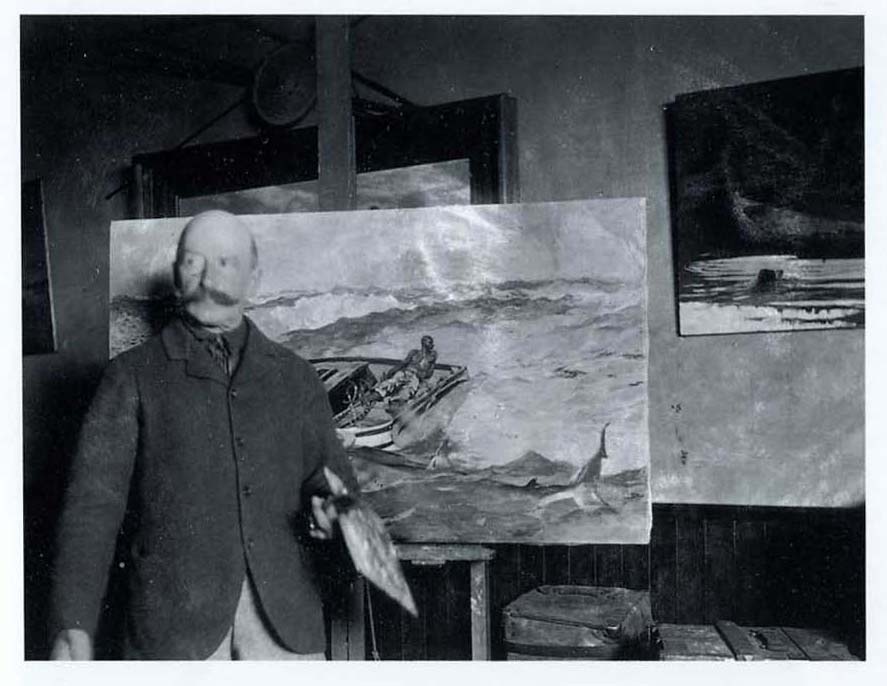


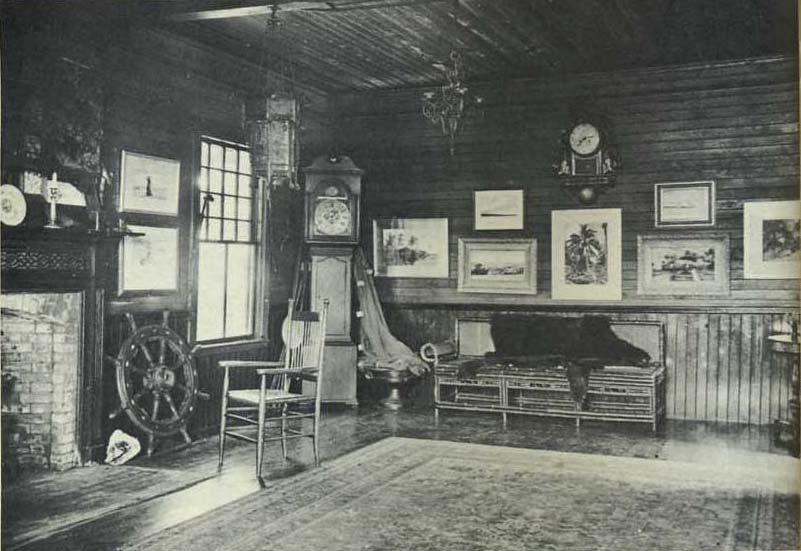
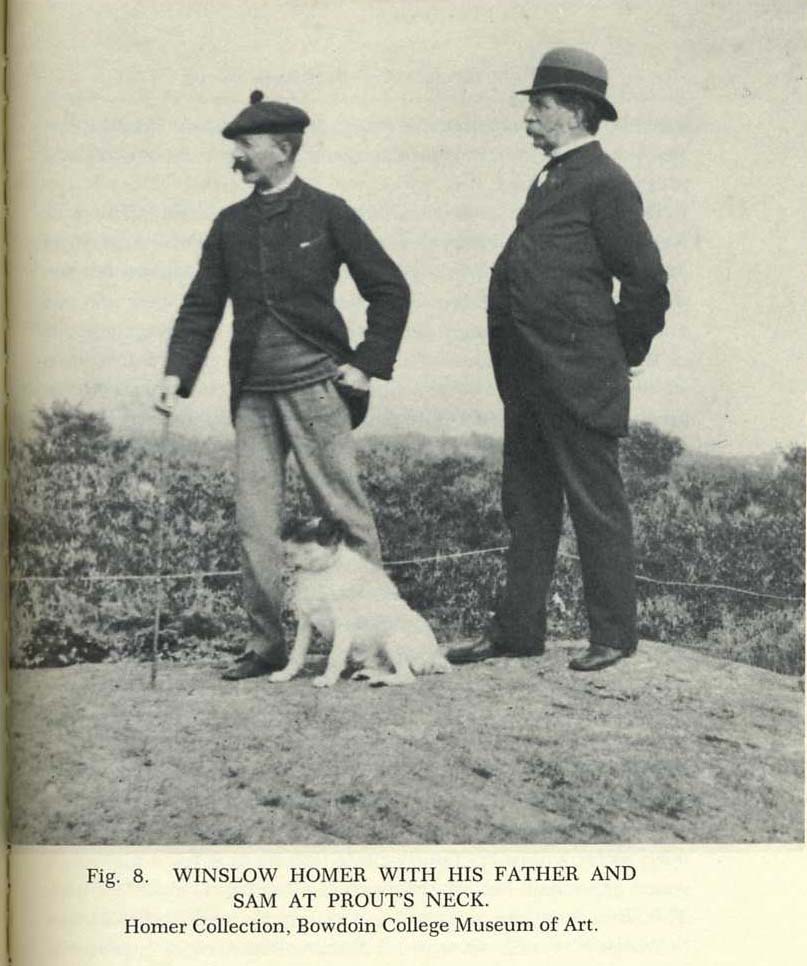

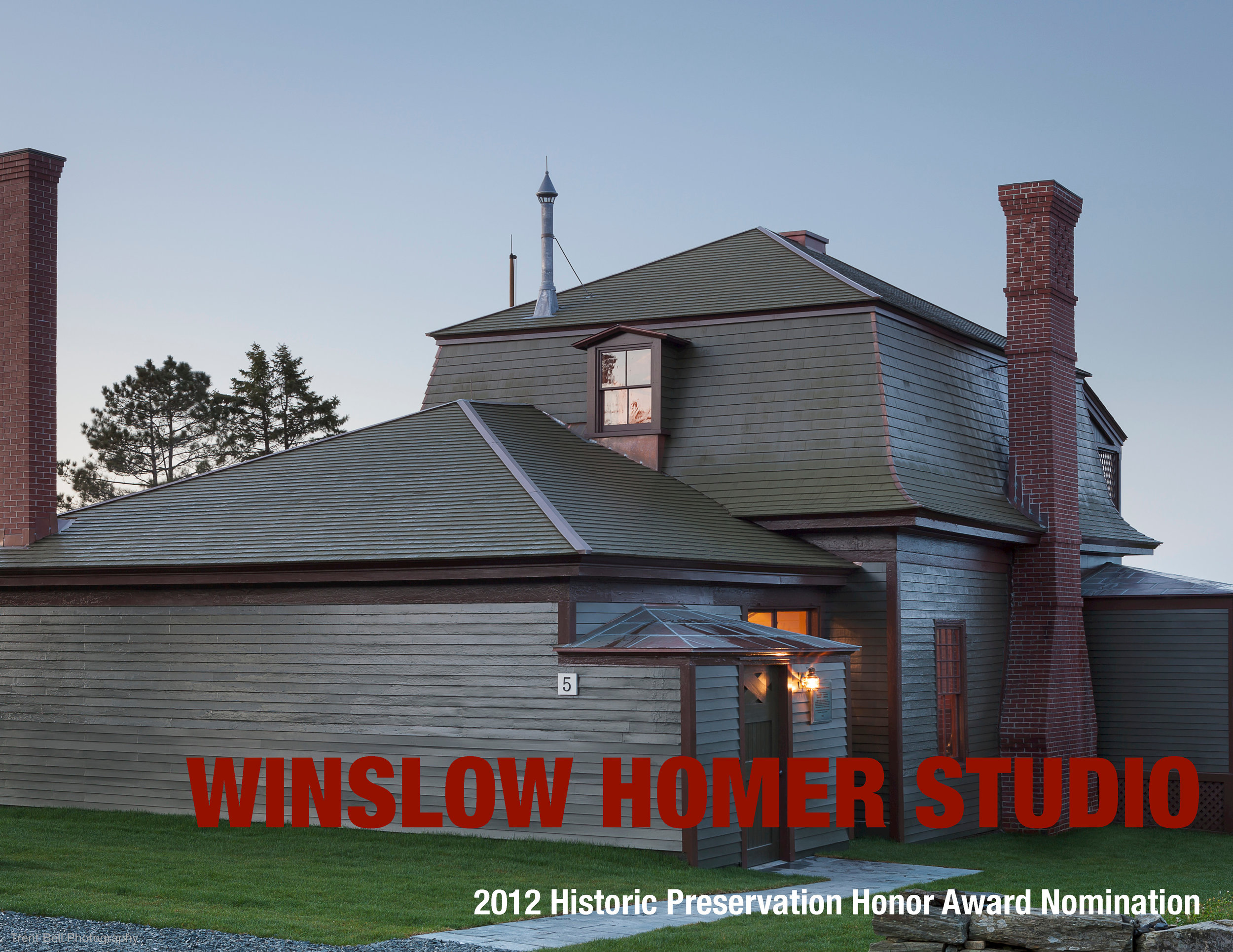



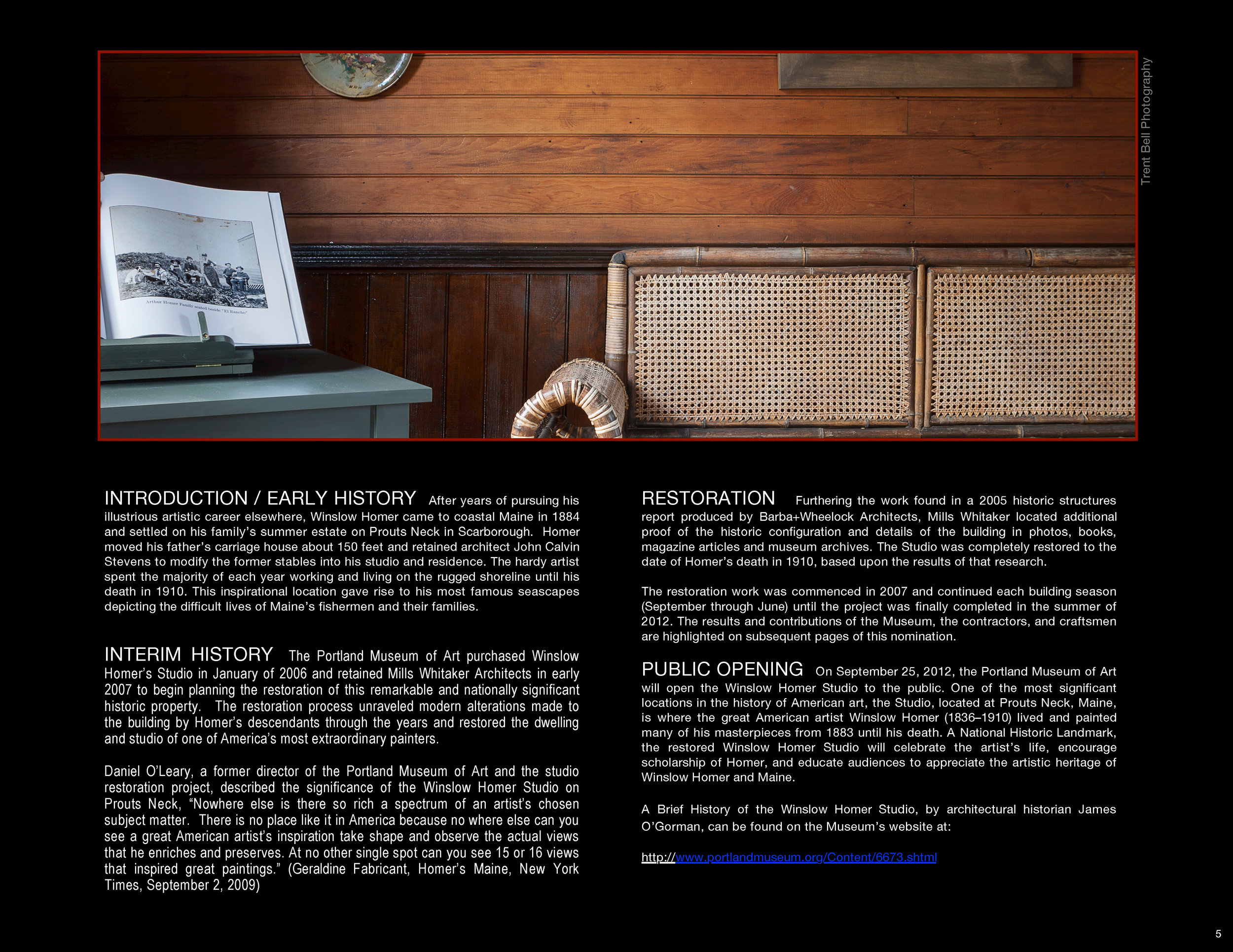
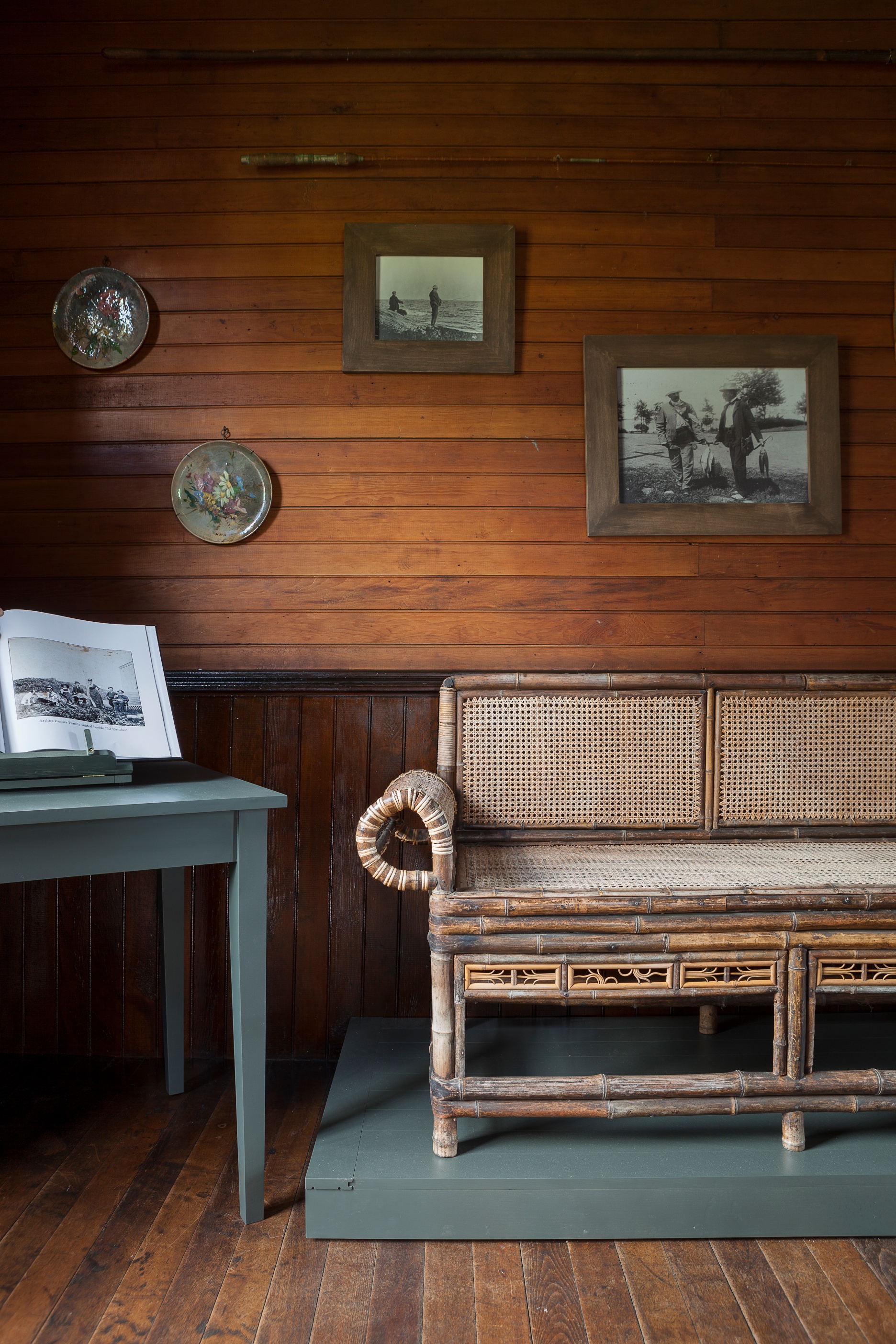
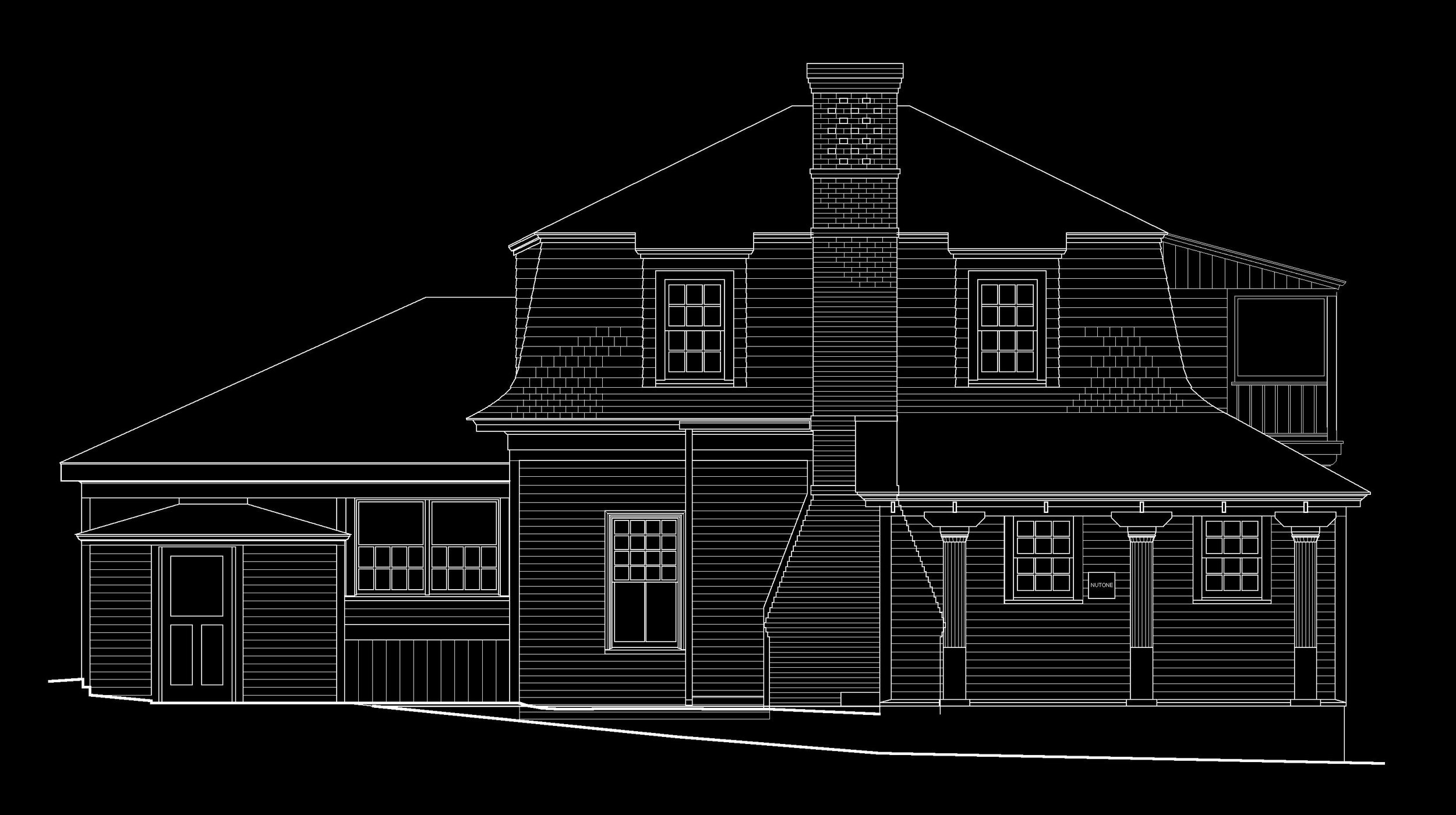

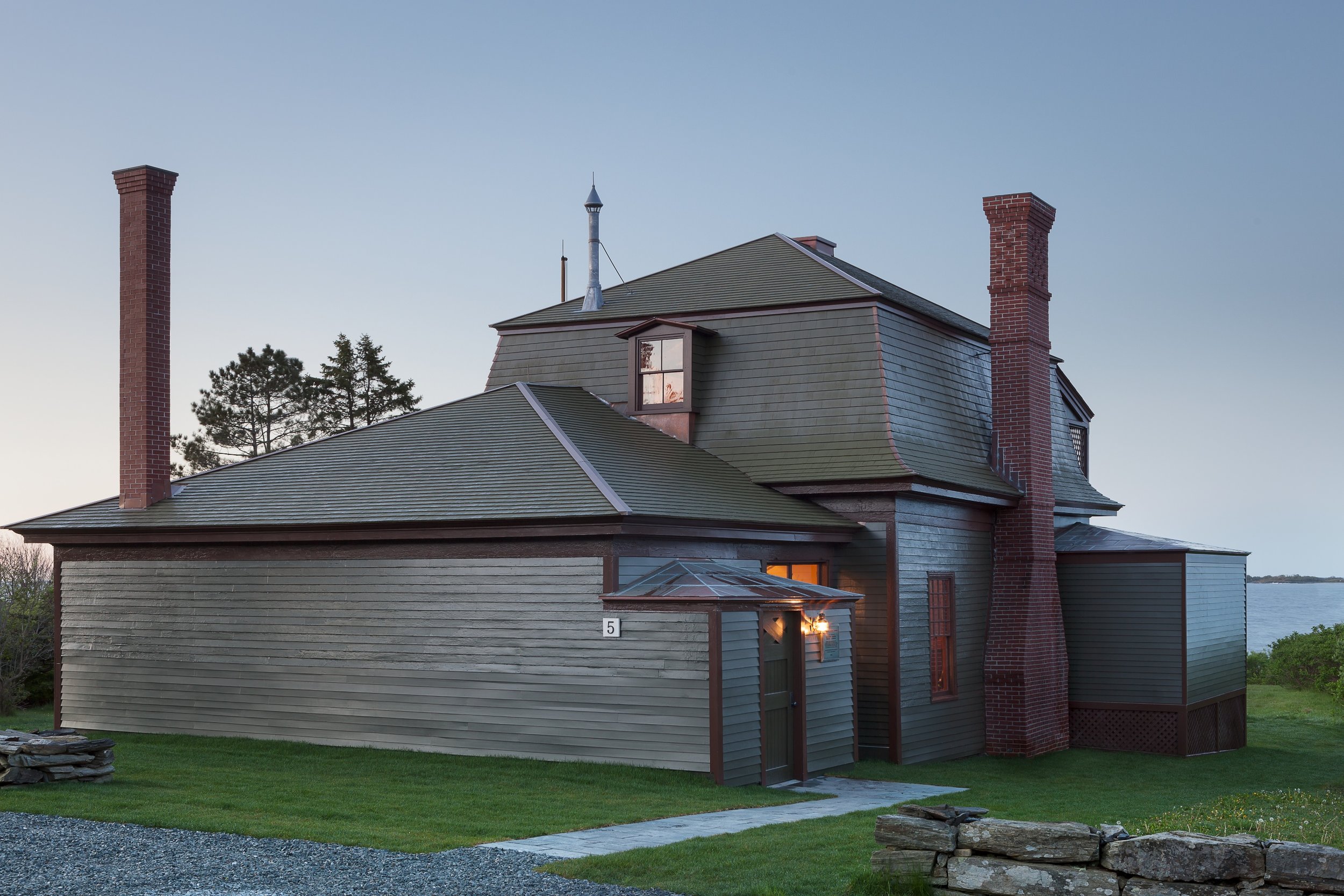
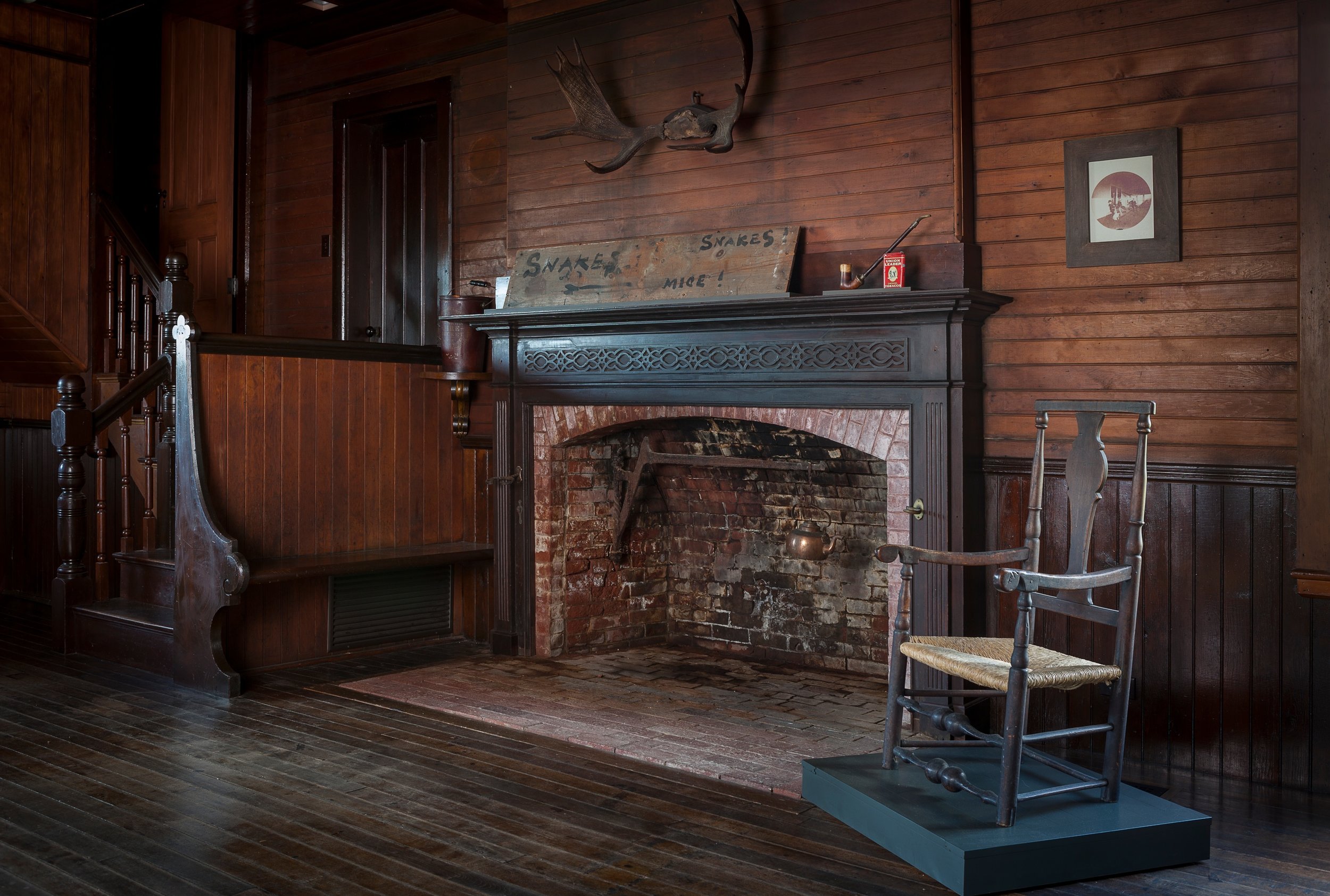
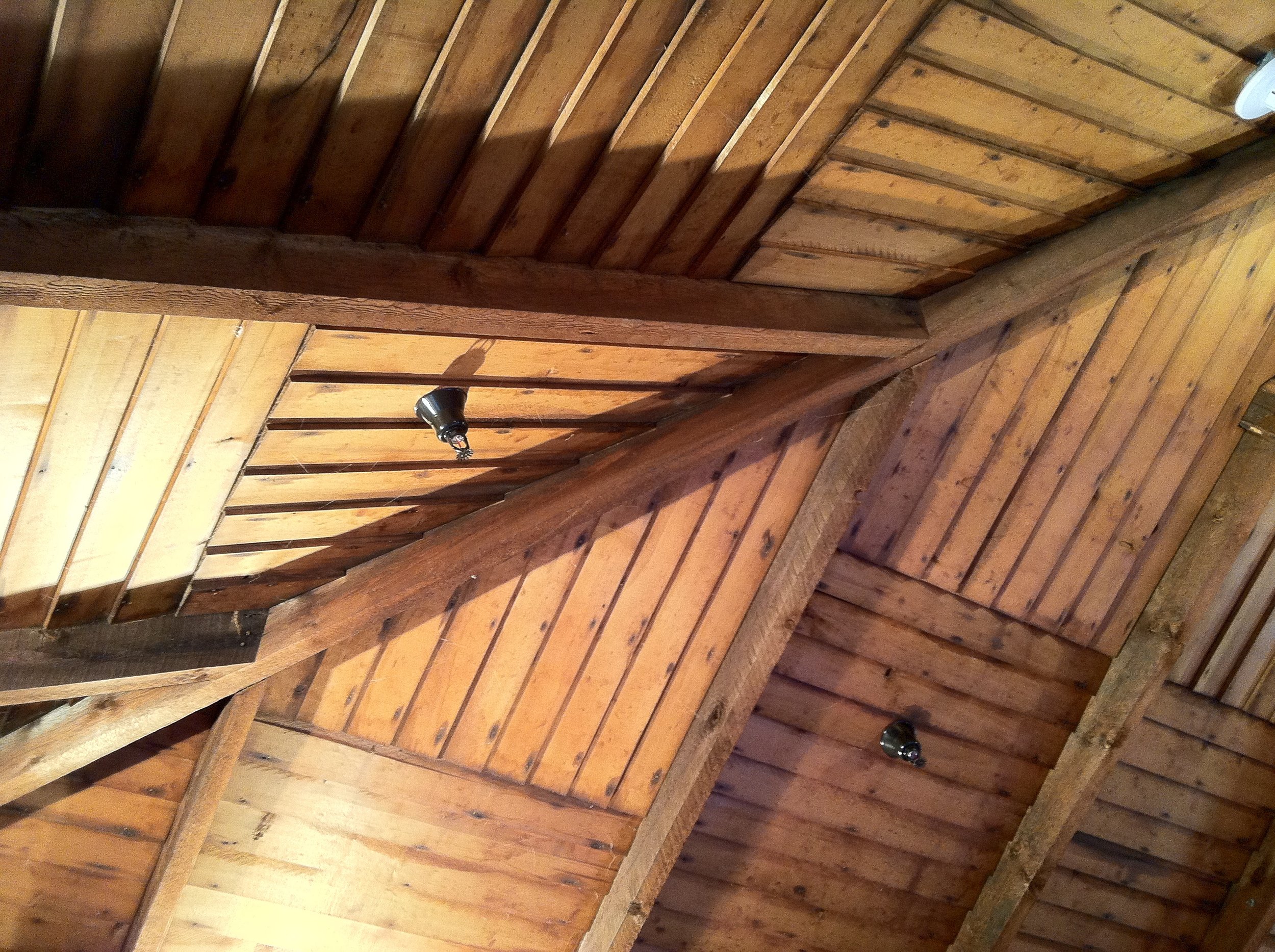
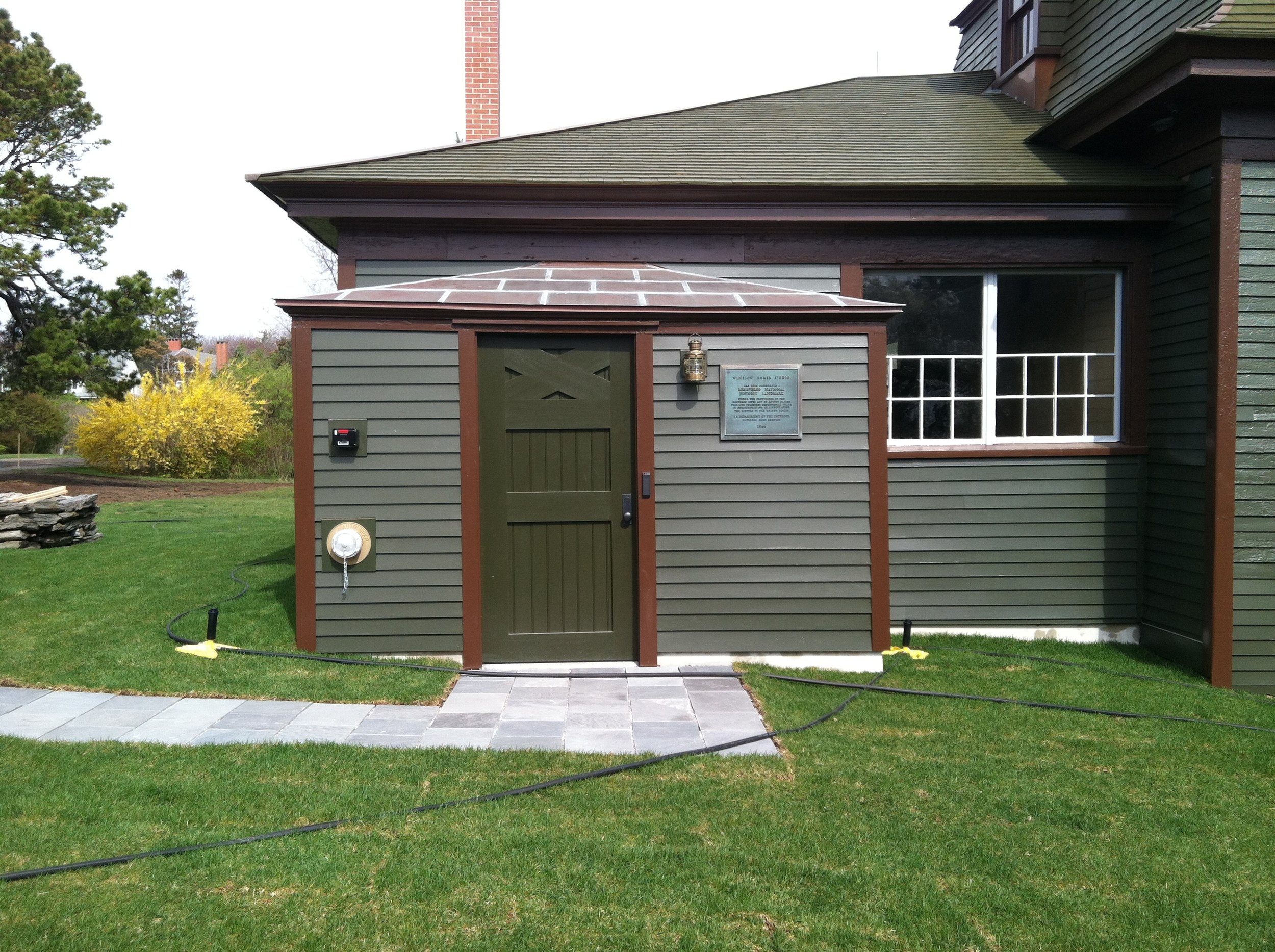

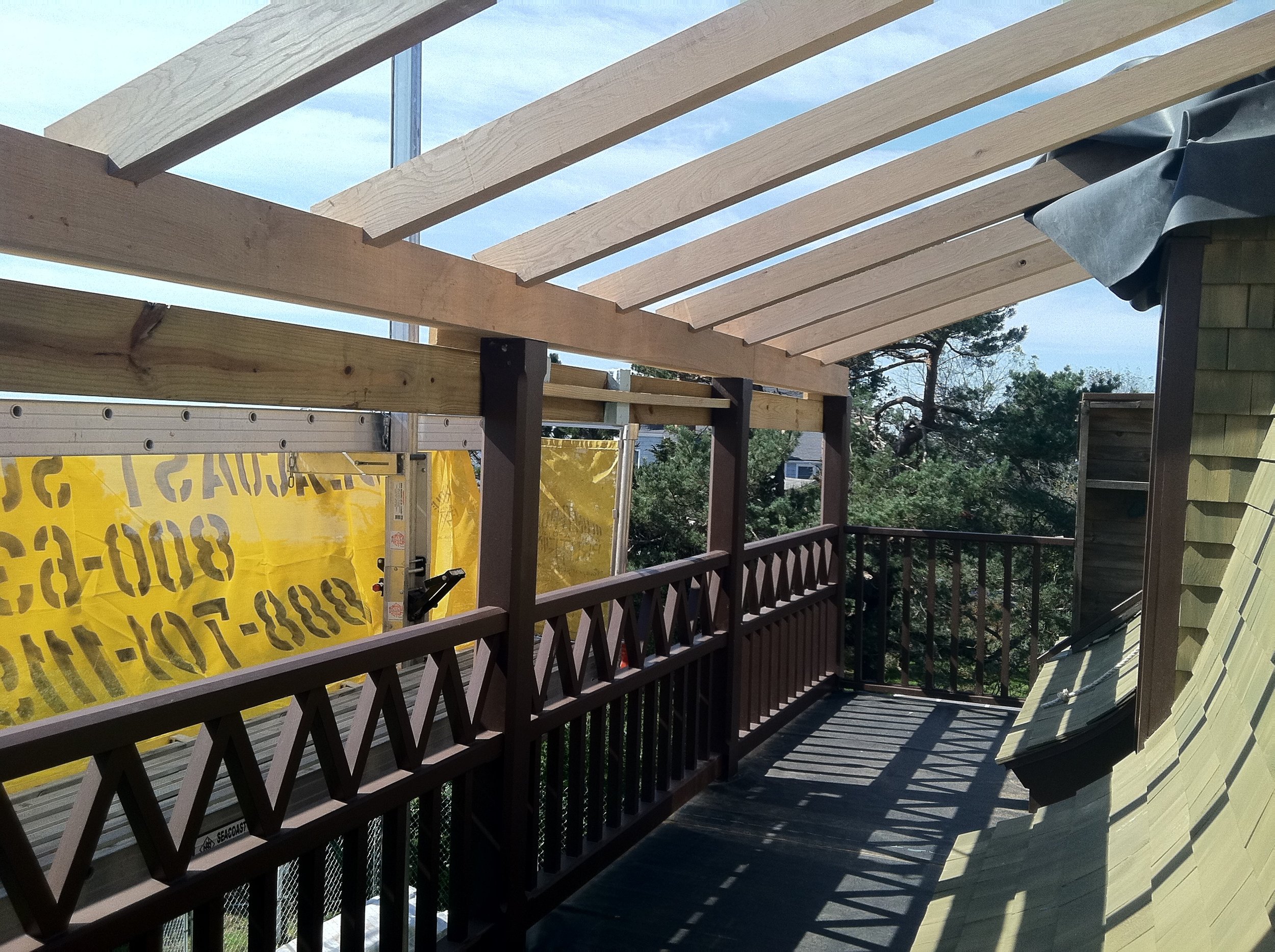

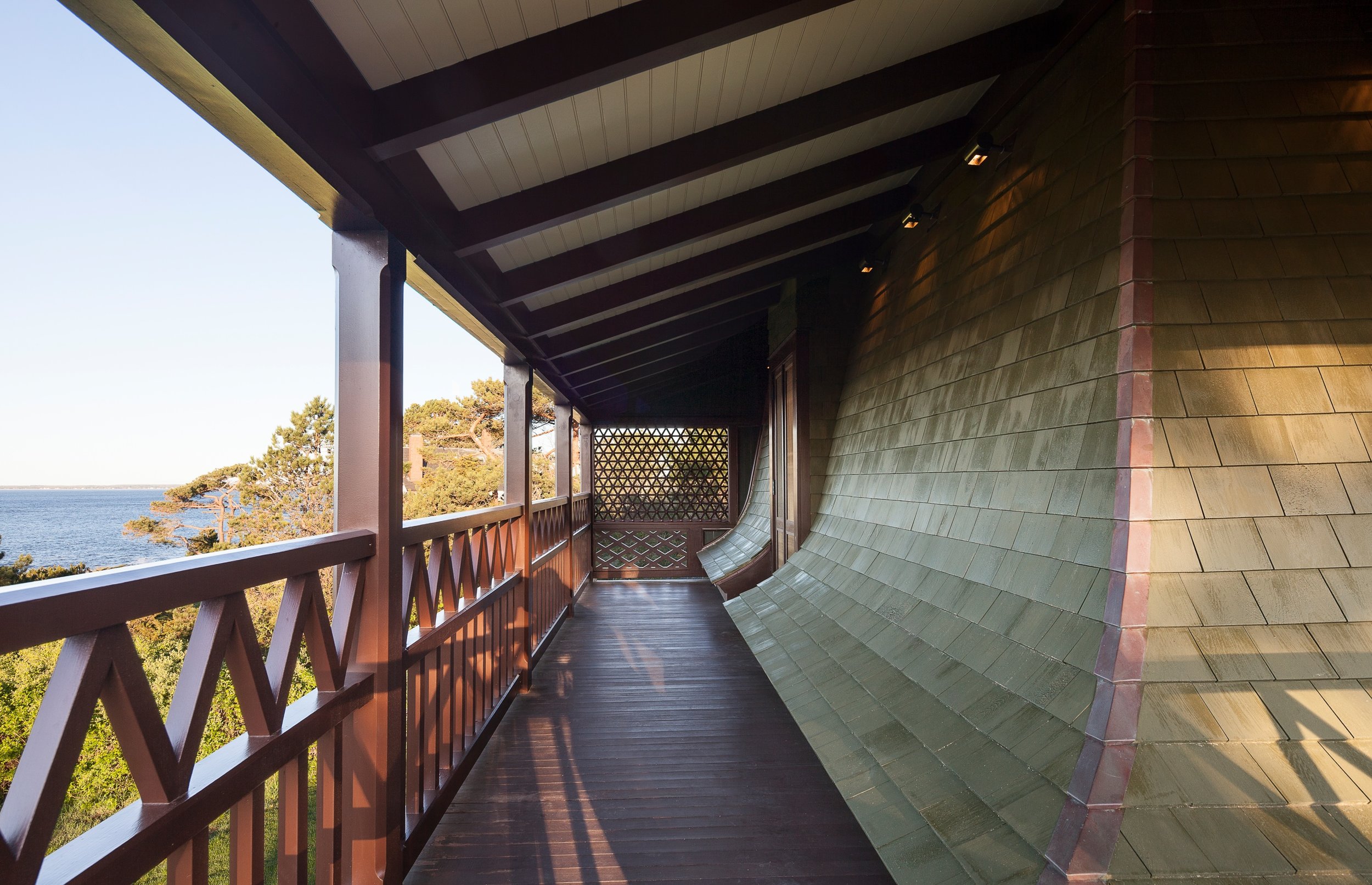
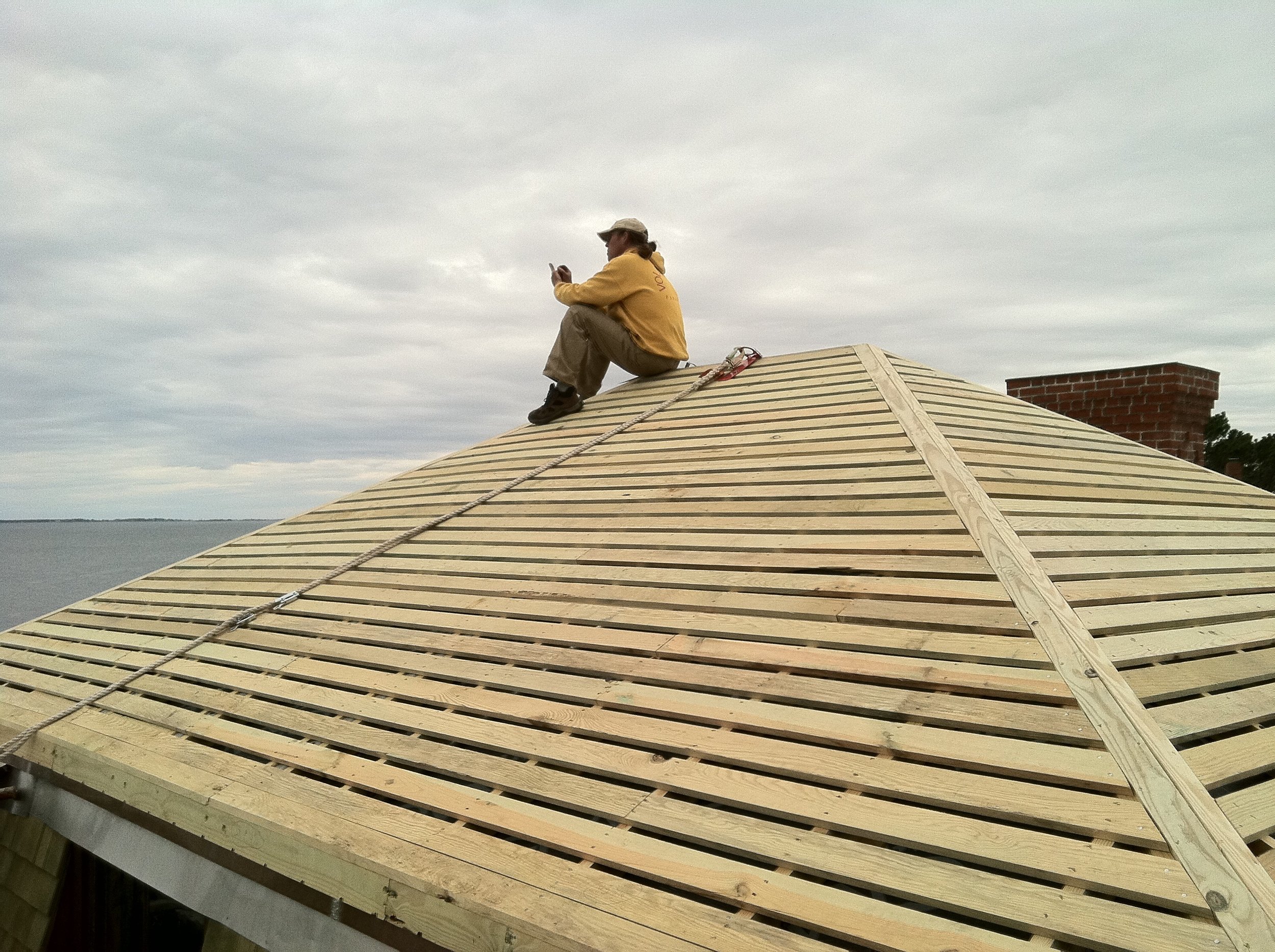
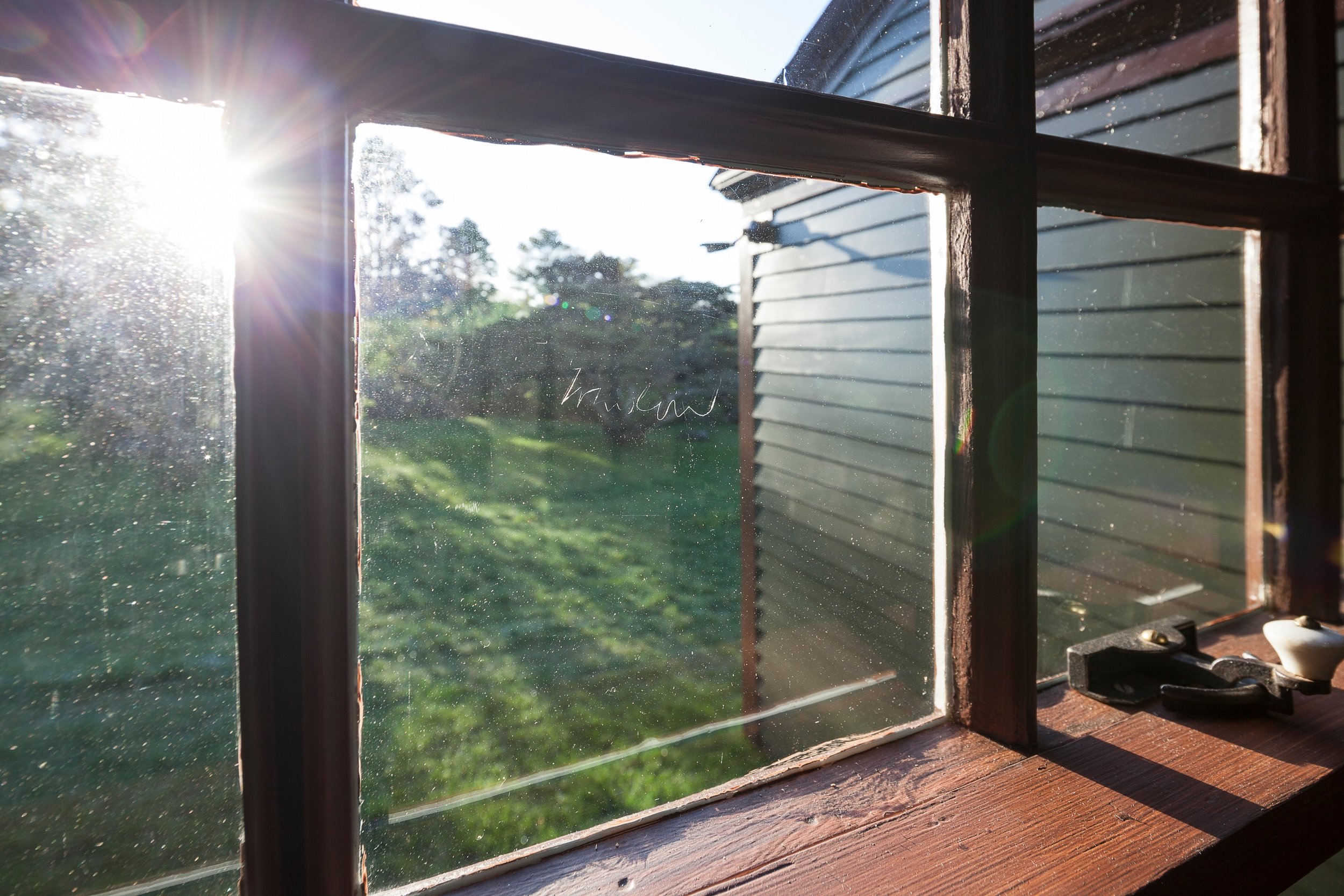
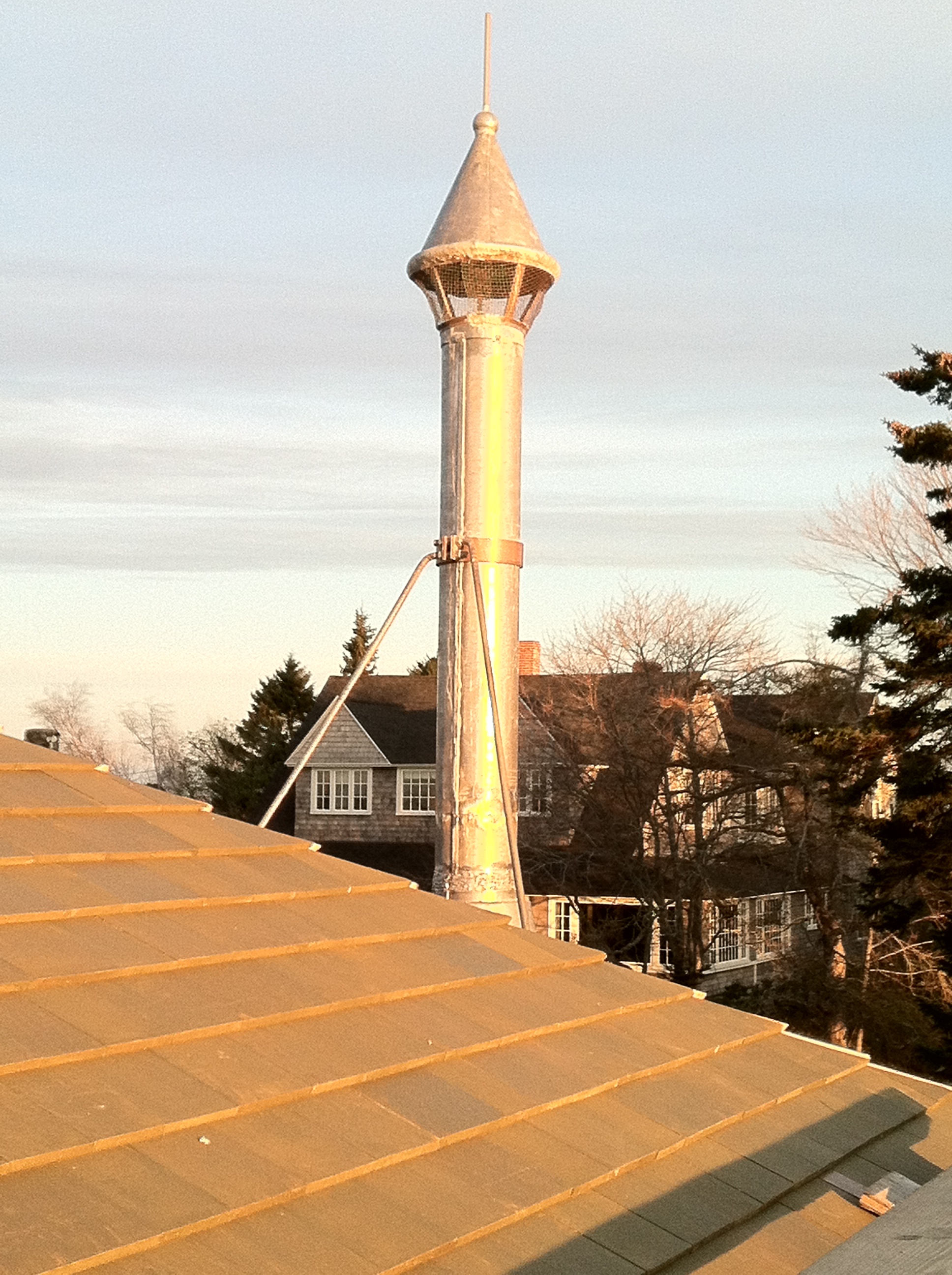

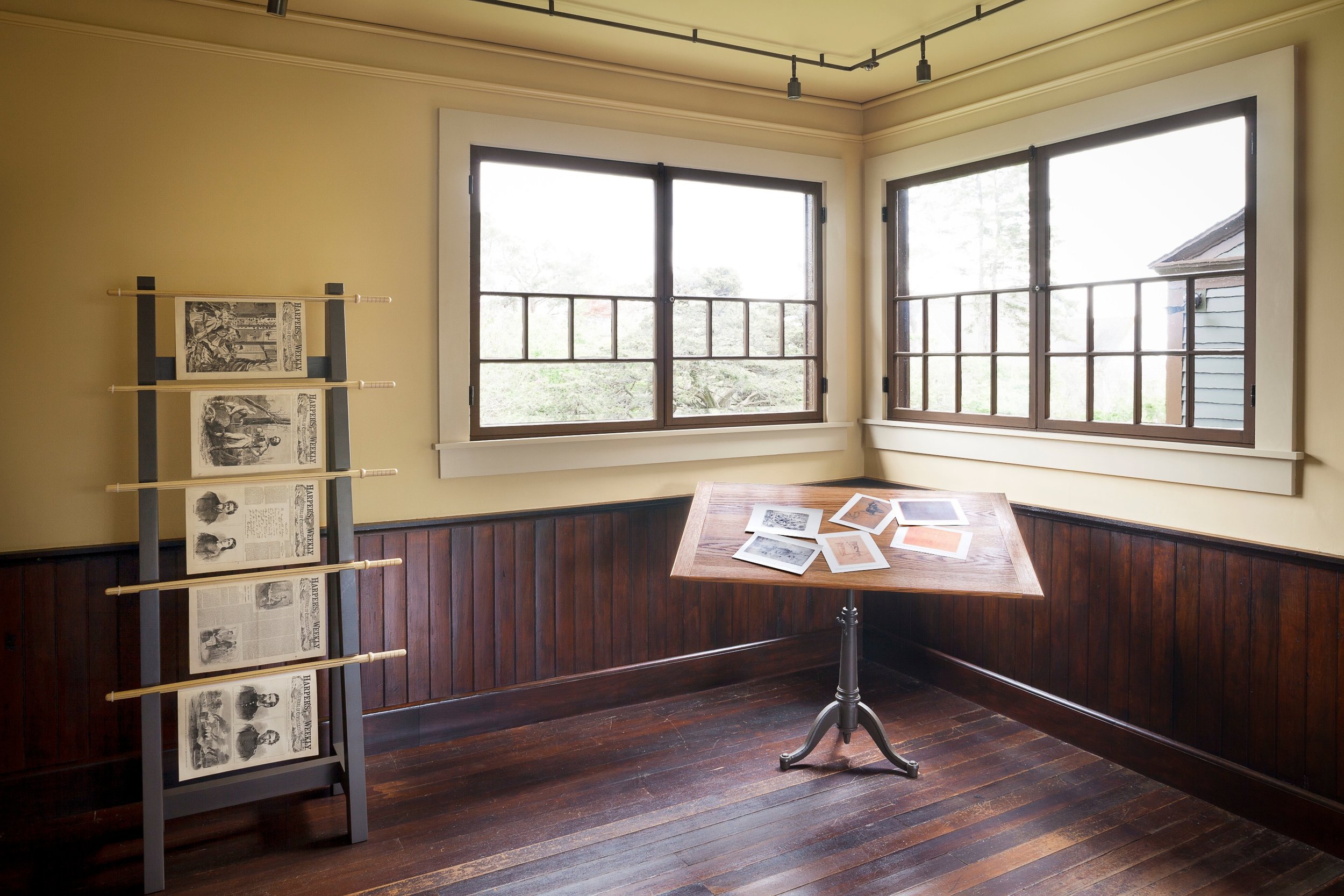
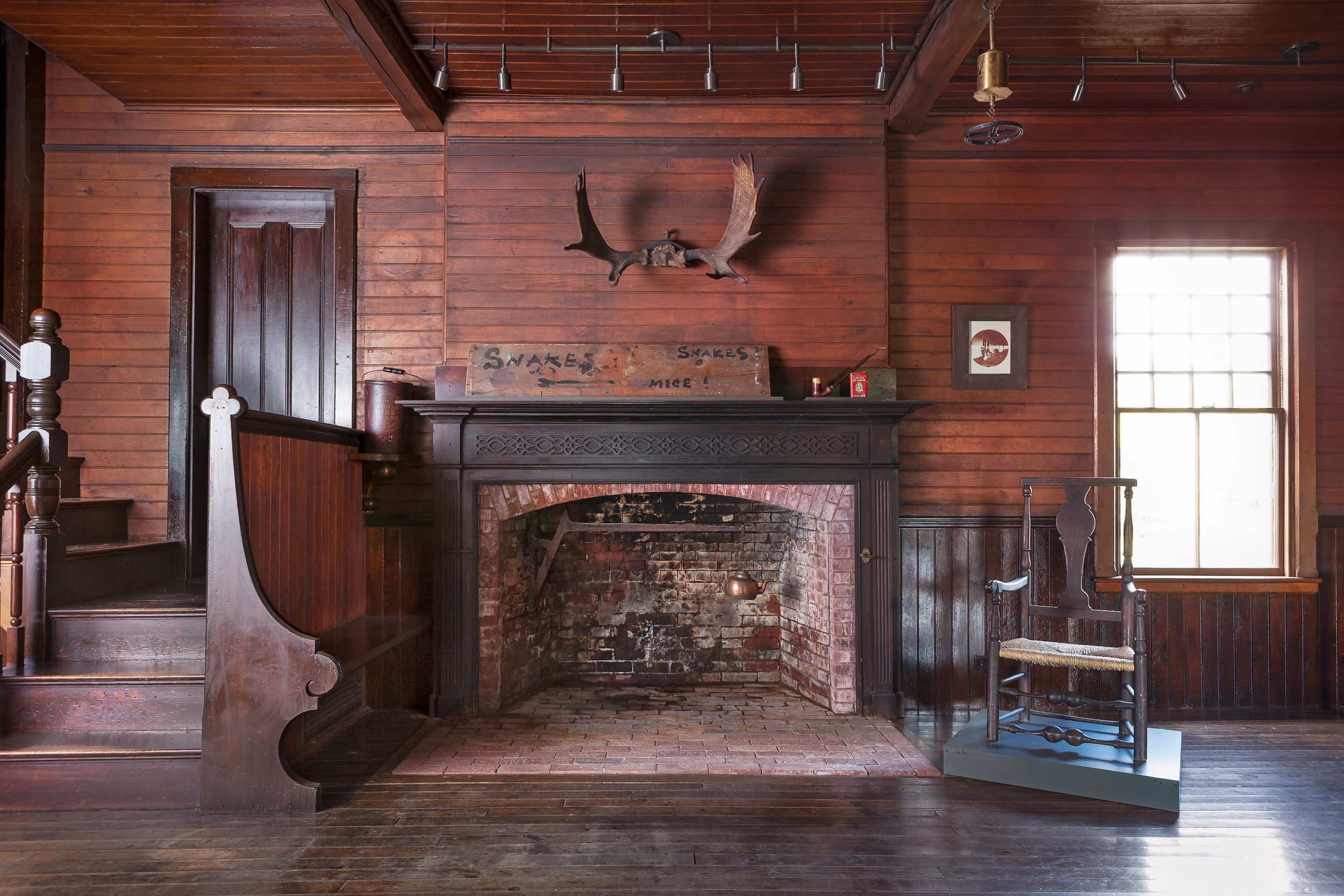

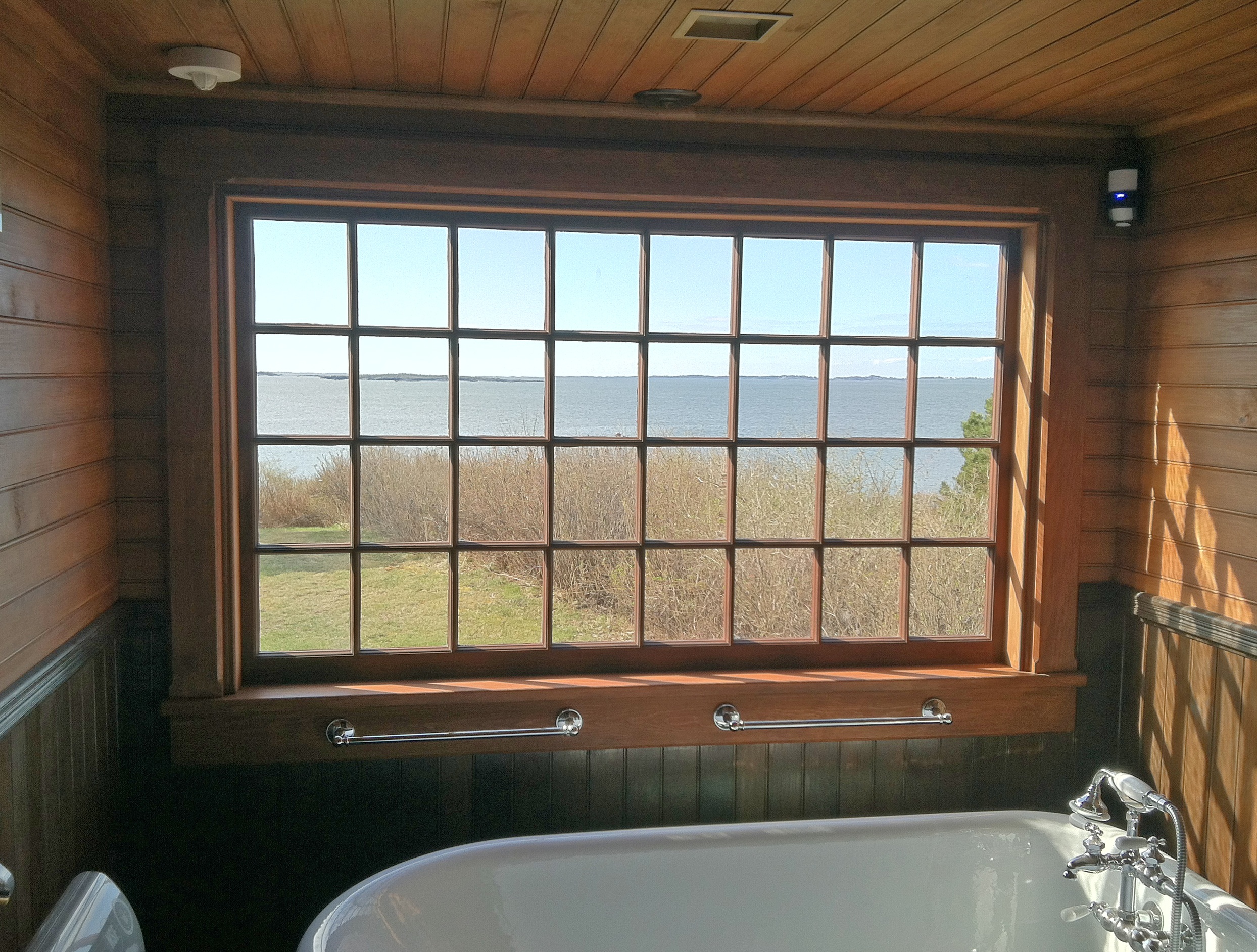
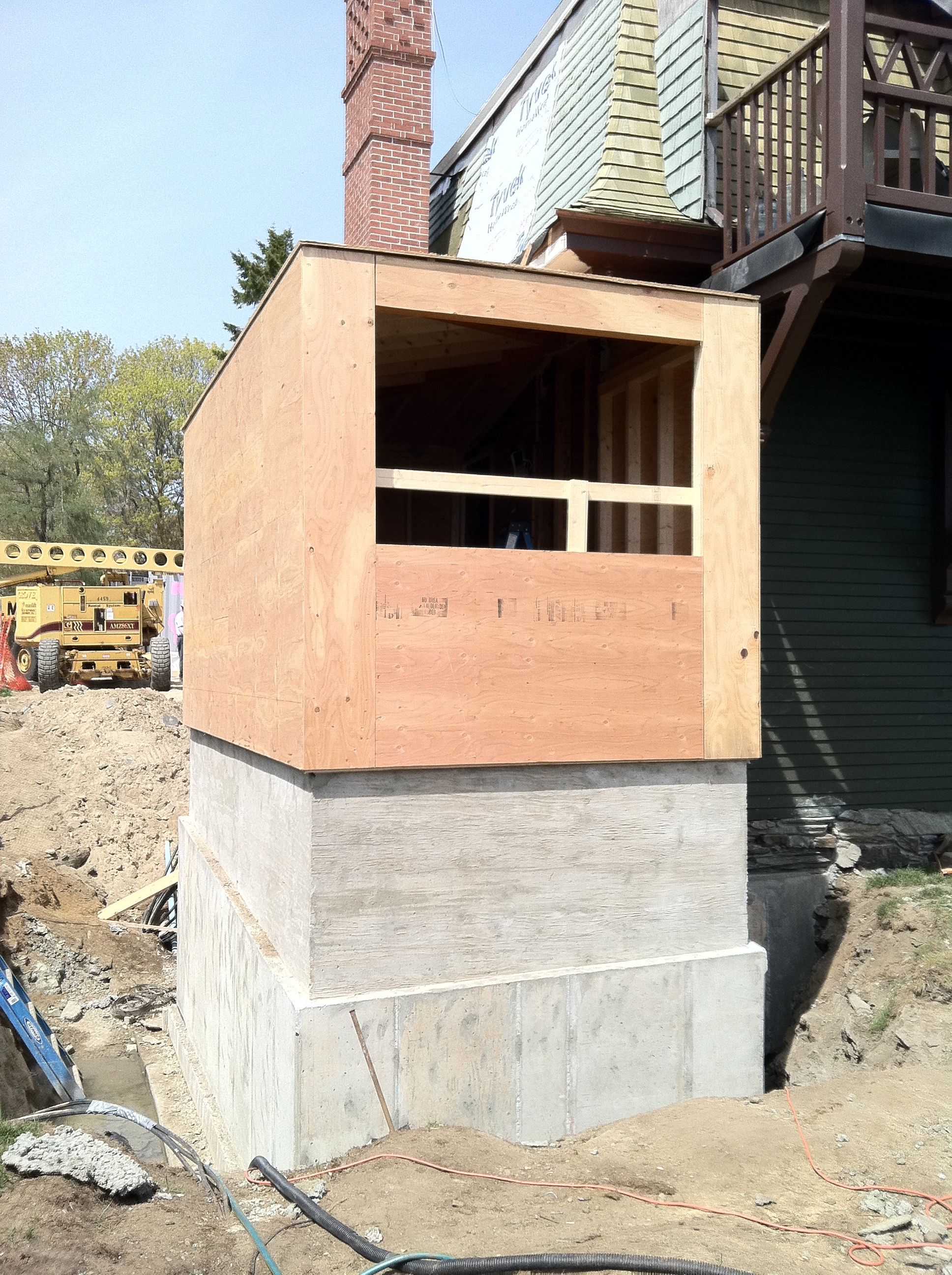
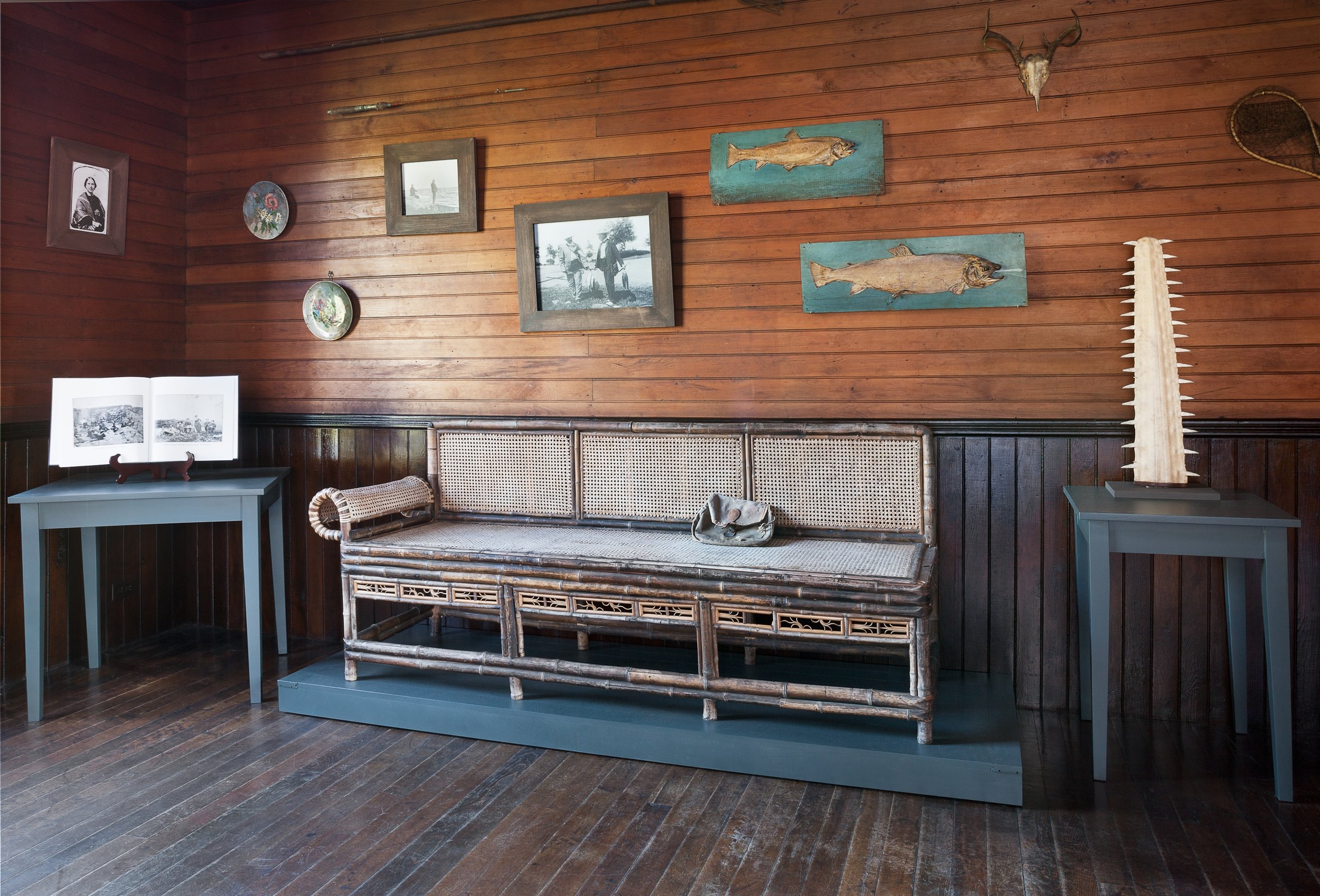
In 1884, preeminent American painter Winslow Homer moved to his family’s summer estate on Prouts Neck in Scarborough. Homer hired famous Portland architect John Calvin Stevens to redesign his father’s carriage house and turn the old stables into his studio and residence.
From 1884 till his death in 1910, Homer spent most of his time here on the rugged shore line, a setting which inspired many of his famous seascapes. After Homer’s death, the building was passed down through the family who saw to its maintenance but also made a number of significant alterations to the structure.
In January of 2006, the Portland Museum of Art purchased Winslow Homer’s Studio and retained Mills Whitaker Architects to begin planning its restoration.
The restoration process unraveled modern alterations made to the building by Homer’s descendants through the years and restored the dwelling and studio of one of America’s most extraordinary painters.
With the help of a historic structures report produced by Barba+Wheelock Architects, Mills Whitaker restored the studio as accurately as possible to its configuration on the date of Homer’s death in 1910.
The restoration dealt with everything from original construction methods to accurately recreating the interior decorating.
Mills Whitaker based this detailed restoration on information gathered from historic photos, books, magazine articles and museum archives.
The restoration work commenced in 2007 and continued each building season (September through June) until the project was finally completed in the summer of 2012 and this National Historic Landmark is now open to the public.
Thanks to the hard work of Mills Whitaker Architects and the Portland Museum of Art, Winslow Homer Studio now accurately represents and celebrates the artist’s life and educates audiences to appreciate the artistic heritage of Winslow Homer and Maine.

